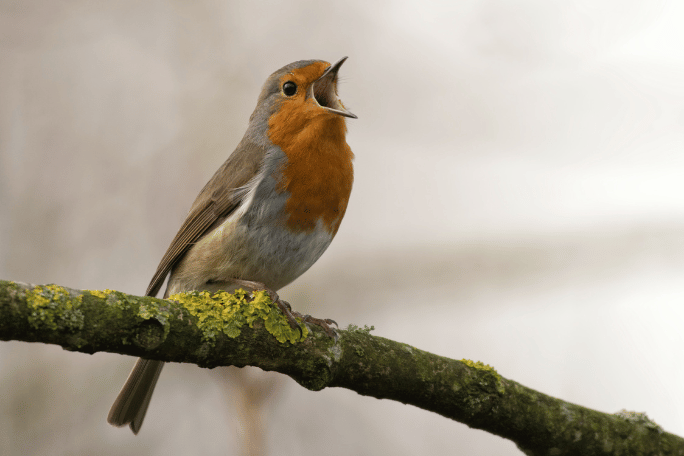Lesson Summary
In this activity children look closely at bird behaviours. Younger children begin by listening to a range of Australian bird calls and then participate in a simple role-play activity around bird behaviours. Older children are asked to participate in a more complex bird behaviour role play, including investigating how birds eat without using their hands/wings. Older children will also investigate ways to help the birds in their centre yard.
This activity is designed to help connect children to the wonders of the natural world through sensory and play-based learning.
Activity Intention:
- This activity is designed to help connect children to the wonders of the natural world through sensory and play-based learning.
Lesson guides and printables
Lesson details
Curriculum Mapping
EYLF Learning Outcomes:
Learning Outcome 2: Children are connected with and contribute to their world
2.3 Children become aware of fairness
Learning Outcome 4: Children are confident and involved learners
4.1 Children develop dispositions for learning such as curiosity, cooperation, confidence, creativity, commitment, enthusiasm, persistence, imagination and reflexivity
4.2 Children develop a range of skills and processes such as problem solving, inquiry, experimentation, hypothesising, researching and investigating
4.3 Children transfer and adapt what they have learned from one context to another
Resources Required
- Images or actual items of relating to birds e.g. feathers, eggs, nest, pictures of birds.
- Computer or tablet to play bird calls
- access to the following website: Top 40 Bird Songs (https://www.birdsinbackyards.net/birds/featured/Top-40-Bird-Songs)
- Wildlife fact sheet
- Bird mask template.
- Ages – 2 to 5: String for hanging food, pieces of food for children to eat such as fruit or bread.
- Forests fact sheet
Additional Info
Cool Australia Presents Biodiversity from Cool Australia on Vimeo.
This is an original Cool.org lesson. Facts and figures in these lessons may have changed since this lesson was published. We always endeavour to update our resources in a timely manner, but if you see an error or issue in our resources please get in touch with us.


Welcome back!
Don't have an account yet?
Log in with:
By signing up to Cool.org you consent and agree to Cool's privacy policy to
store, manage and process your personal information. To read more, please see
our privacy policy here(Opens in new tab).
Create your free Cool.org account.
Many of our resources are free, with an option to upgrade to Cool+ for premium content.
Already have an account?
Sign up with:
By signing up to Cool.org you consent and agree to Cool's privacy policy to
store, manage and process your personal information. To read more, please see
our privacy policy here(Opens in new tab).